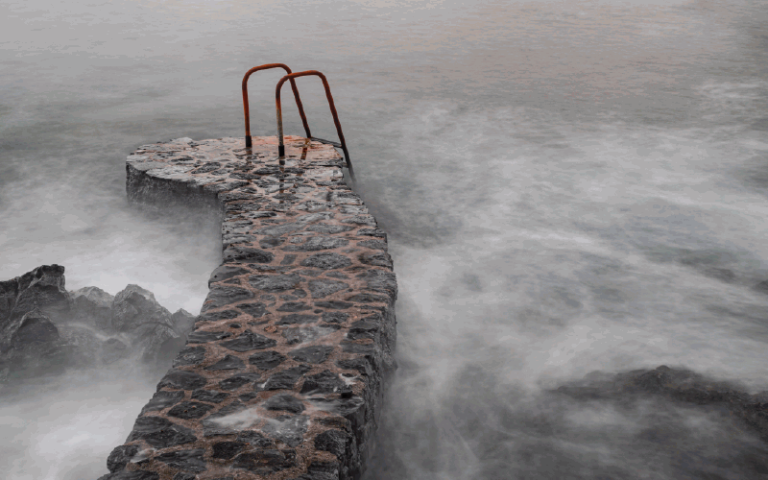What Causes Sea Foam on the Beach
Have you ever wondered what causes those big piles of white foam on the beach? It turns out that there are a few different things that can cause this phenomenon. One is when waves crash against the shore, and the air in the water is forced out, causing a foamy mixture.
Another is due to algae or other plant material decomposing in the water, which releases bubbles of gas that create foam. Whatever the cause, it’s always fun to play in!
Have you ever wondered why there’s sometimes a thick layer of foam on the beach? It might look like soap suds, but ocean waves and wind create it. Here’s how it happens:
As waves crash onto the shore, they create a foamy mixture of air and water. The wind blows this mixture inland, creating the sea foam that we often see on beaches. So why does this happen?
It all has to do with physics. When waves break, they release a lot of air that gets trapped in the water. This air then forms bubbles, which are blown inland by the wind.
Interestingly, algae or other organisms in the water can also create sea foam. These can produce a variety of chemicals that make the water foamy. However, this type of sea foam is usually not as thick or long-lasting as the kind created by waves and wind.
-What is Sea Foam
-What causes sea foam? -How is sea foam used? Seafoam is a type of marine pollution that consists of foamy masses of water filled with pollutants.
The primary cause of sea foam is the discharge of industrial wastewater into oceans and coastal waters. This wastewater often contains high levels of nitrogen and phosphorous, which can lead to eutrophication and the formation of algal blooms. These algal blooms eventually die and decompose, releasing large amounts of organic matter into the water.
This organic matter interacts with surfactants in the water to create stable bubbles that form the basis for sea foam. In some cases, natural phenomena like storms can also lead to the formation of sea foam. While sea foam is largely considered a nuisance, it does have some practical applications.
For instance, it has been used as an ingredient in cosmetics and shampoos due to its ability to add volume and texture. Additionally, because it consists primarily of salt water, it can be used as a natural cleaning agent or disinfectant. Finally, sea foam has also been utilized as a source of biofuel due to its high levels of organic matter.
Is Sea Foam Dangerous
Most people have heard of sea foam and have seen it in person at some point in their lives. But what is this strange substance, and is it dangerous? Seafoam is just seawater that strong winds or waves have whipped up.
It often contains high salt levels, which can harm humans if ingested. In addition, sea foam can sometimes contain pollutants like oil or sewage, harming human health. So while sea foam is not necessarily dangerous, it can contain harmful substances that can make people sick.
If you come into contact with sea foam, it’s important to wash your hands and body thoroughly afterwards to avoid any potential health risks.
Conclusion
Beaches are well known for their sea foam. Seafoam is created when waves crash and the air in the water is mixed with the seawater. This mixture forms bubbles that rise to the surface and create foam.
The amount of sea foam on a beach can vary depending on the strength of the waves, wind, and tide.




